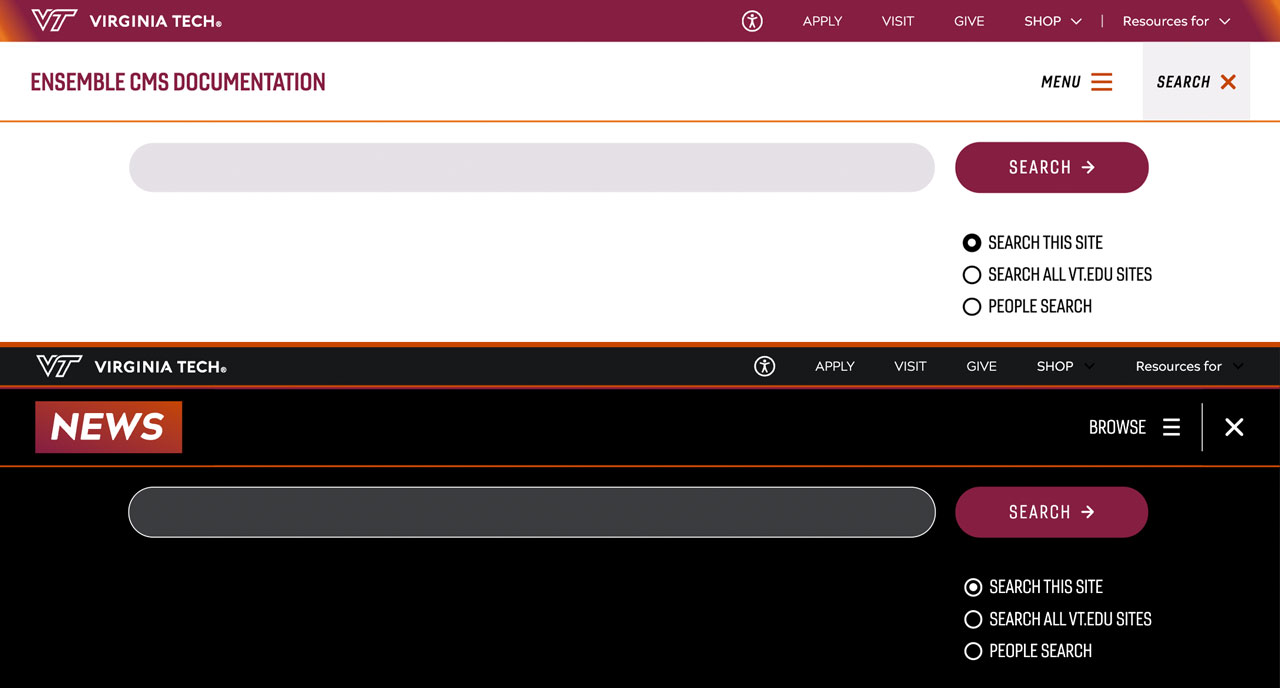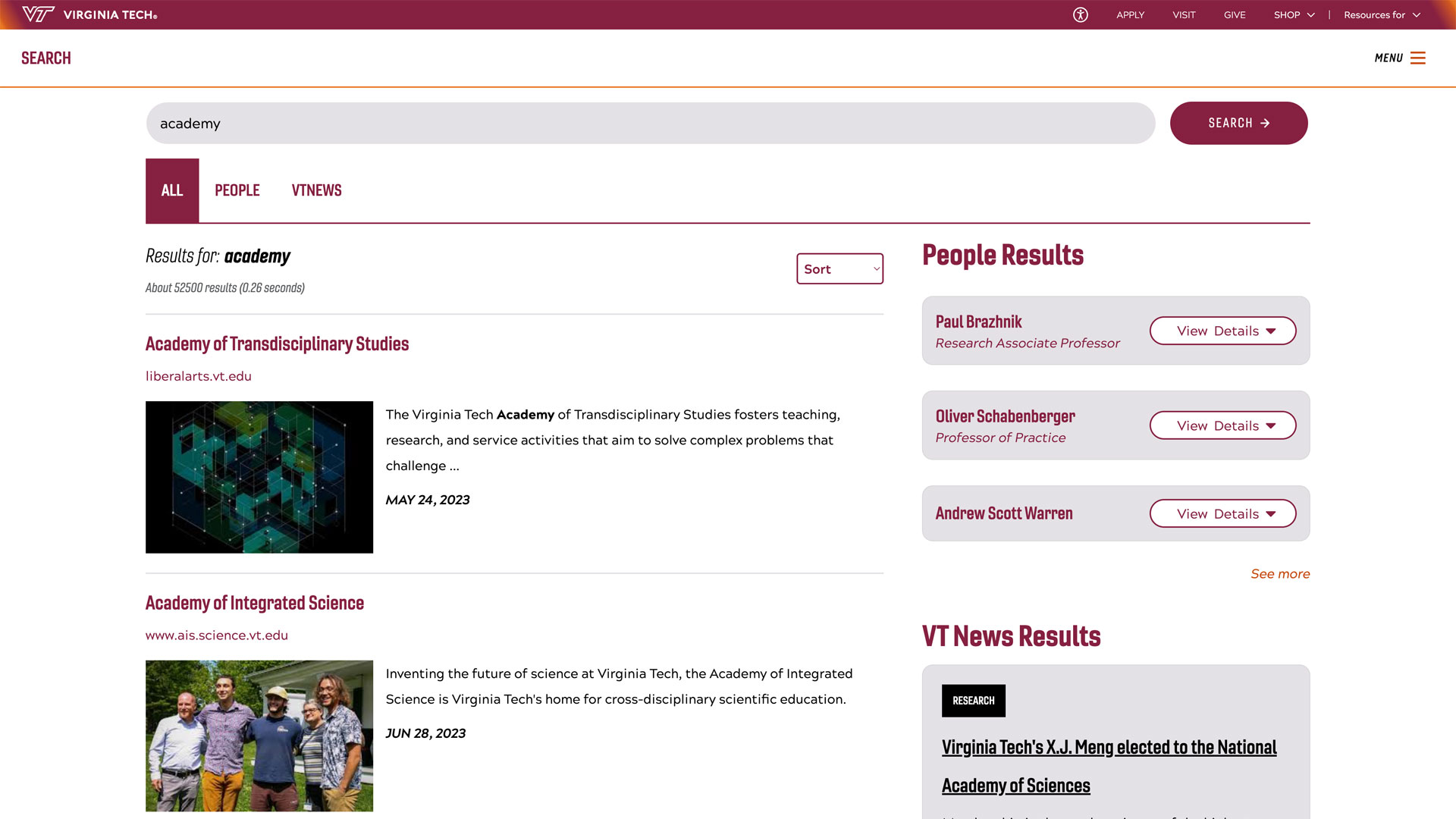Collaboration advances practical neuroscience to make soldiers safer
The collaboration between neuroscience students and the Virginia Tech Corps of Cadets addresses impacts of military stressors on cognitive function and training.

A School of Neuroscience course is bridging neuroscience and military training, giving insights into the impacts of neurological stress on soldiers and advancing students’ social applications of neuroscience.
Collegiate Associate Professor Kristin Phillips worked alongside Virginia Tech Corps of Cadets Vice Commandant Col. Craig Alia to transform how cadets understand and manage stress, enhancing their safety and readiness. The course, War and the Brain, also helps neuroscience students critically approach issues such as cognitive performance, post-traumatic stress disorder (PTSD), traumatic brain injury, chemical warfare, and neurorehabilitation.
Mutual goals
The collaboration between Phillips' neuroscience students and the corps addresses a critical need: understanding and mitigating the impacts of military stressors on cognitive function and training.
The partnership began when Phillips, whose previous research in chemical warfare seeded the concept, engaged Alia with the idea of integrating real-world military experiences into her course. "I was approaching the content from the perspective of a neuroscientist and needed to hear a perspective from the military side," said Phillips.
Alia was eager for the opportunity to share his insights into realistic applications for case studies and facilitate connections with military colleagues who could speak to the class. A lucky overlap between schedules for Phillips’ class and a leadership course Alia taught made periodic class exchanges easier.
Phillips said a primary goal of the course was having her students practice communicating with non-scientists. “They are learning how neuroscience can influence a service member's life pre-deployment, during deployment, and upon return,” she said. “The stakes were higher. They took this assignment very seriously and exceeded my expectations.”
From research to readiness
The joint effort created impactful interactions between neuroscience students and cadets as Phillips' students presented their research and findings in corps leadership classes.
Savannah Smith, a cognitive and behavioral neuroscience student in the course, said, "One of the most rewarding parts of the class for me was getting to apply the neuroscience I have learned to real-world military challenges. I had the opportunity to present to senior cadets on neurotechnology, where we broke down complex topics like brain-computer interfaces, cognitive enhancement, and DARPA [Defense Advanced Research Projects Agency] initiatives in an accessible and engaging way."
Class presentations covered other topics including decision-making, stress, sleep, and cognitive enhancement. "The cadets have gained incredible insights from Dr. Phillips' students," said Alia. “Corps leadership will be integrating many of the lessons into our training for cadre and first-year cadets.”
Expanding awareness
The collaboration benefits not only cadets but also neuroscience students. "The idea was to allow students to apply their neuroscience knowledge to investigate real-world problems and to see how neuroscience affects society," said Phillips.
Clinical neuroscience student Sydney McCormick said the course “solidified my commitment to pursuing a career in military medicine. Engaging with distinguished military leaders and specialists, whose expertise spanned topics such as blast injuries, PTSD, neurotoxins, amputations, and the intersection of neuroscience and military intelligence, offered invaluable insight into the multidimensional challenges confronting service members."
A semester-long project had students write grant proposals to address outstanding issues in the military where neuroscience might contribute. A panel of military personnel that Alia assembled gave students a comprehensive understanding of the pressing needs in today's military.
Moving ahead
The success of this collaboration has opened doors for future projects and expanded the scope of the War and the Brain course. "This partnership has the potential to change how cadets view their personal and professional development as well as their subordinates’ development," said Alia.
"I am hopeful the collaboration can continue in future semesters," said Phillips, who said the corps’ support and the unique experience of practicing communication with an engaged audience has been invaluable for her students.
McCormick said the course made her a more empathetic and informed advocate for those who serve: "Working directly with the cadets and translating neuroscience principles into practical strategies deepened my passion for bridging scientific knowledge with service.”




